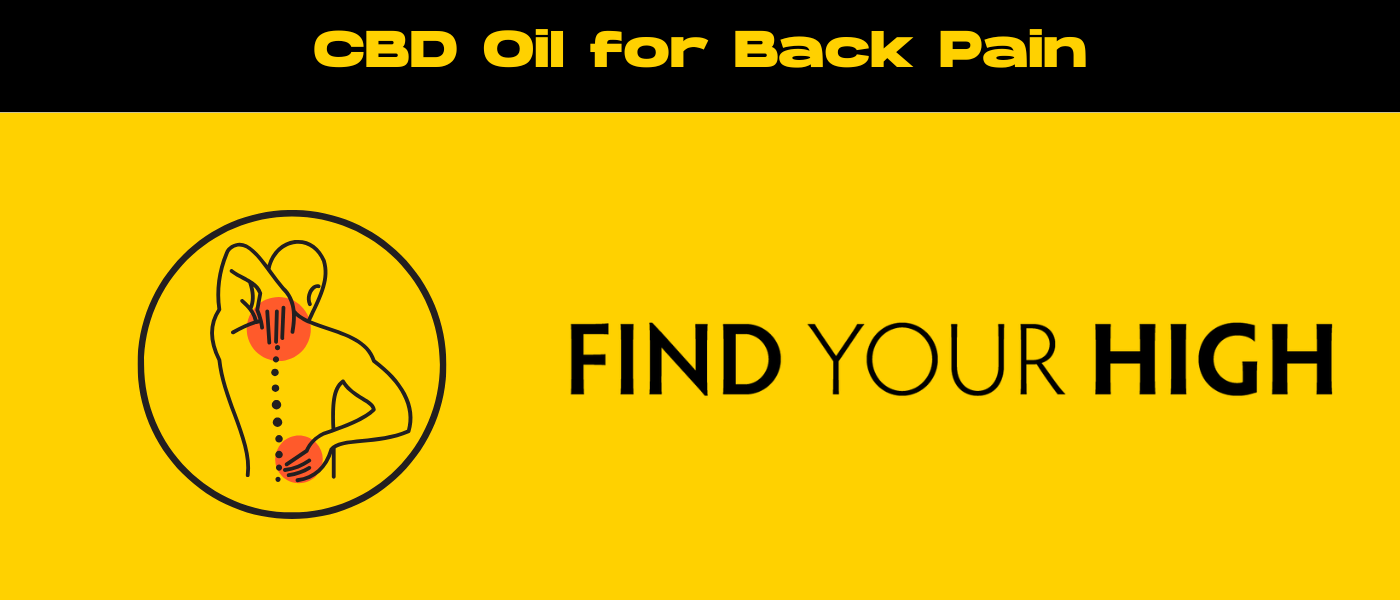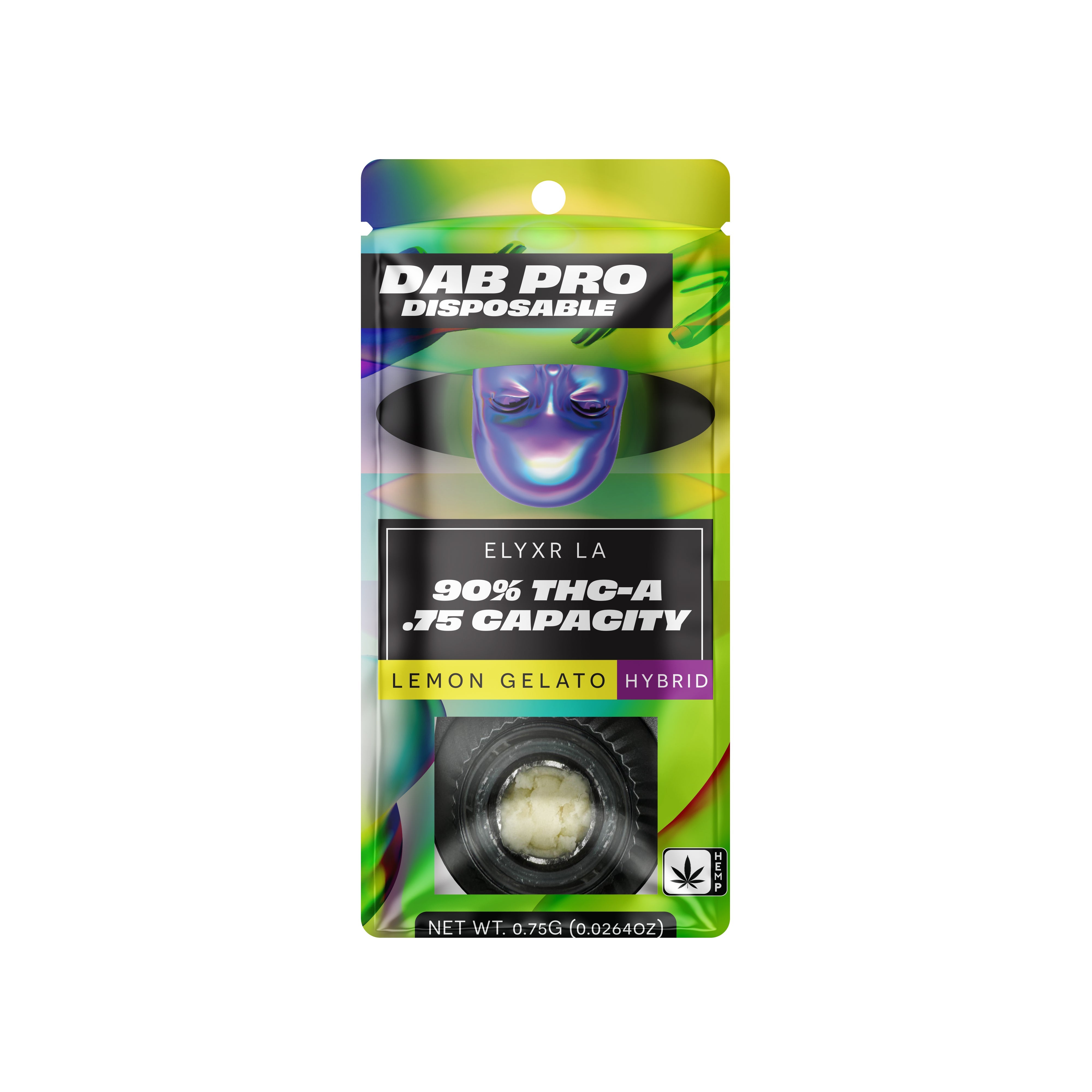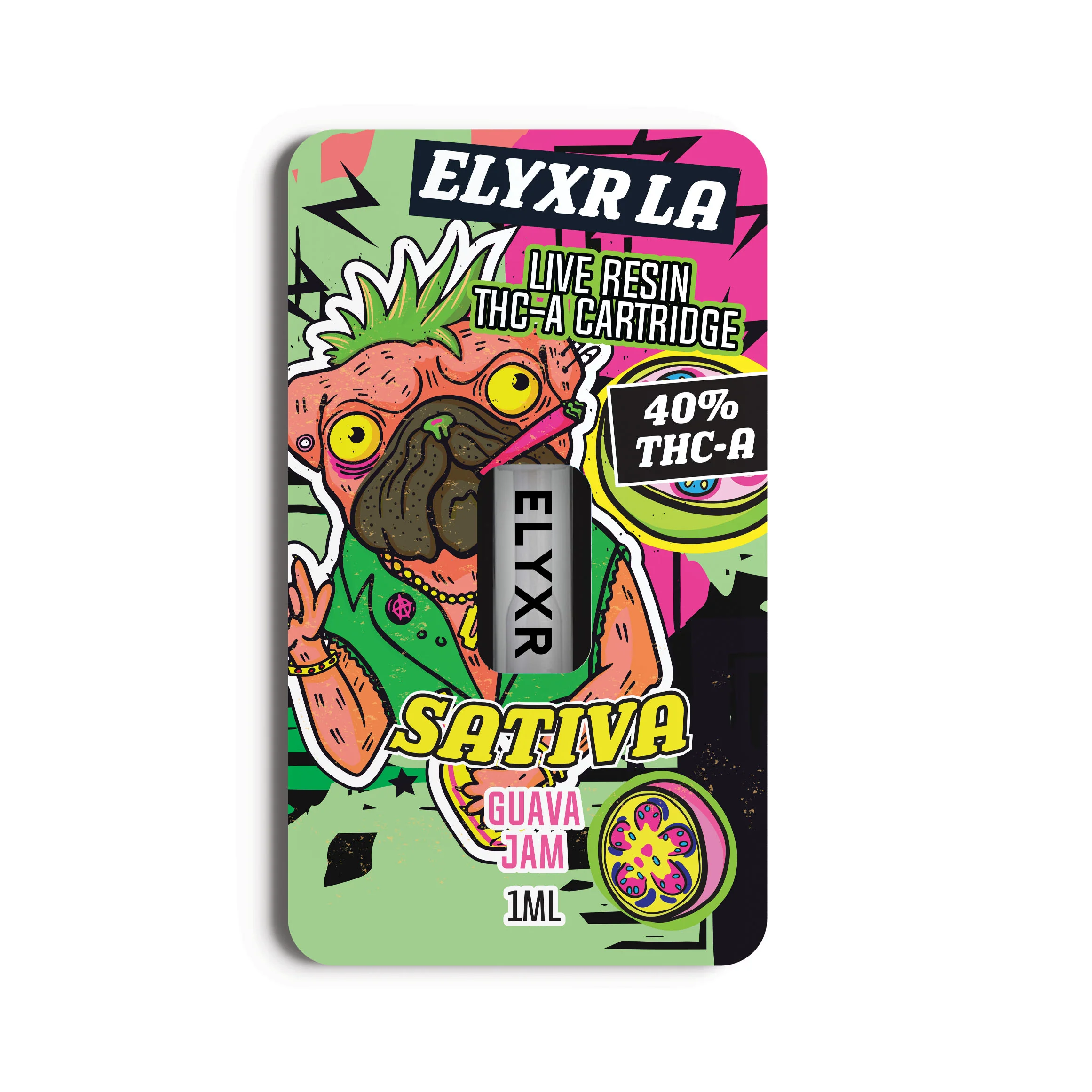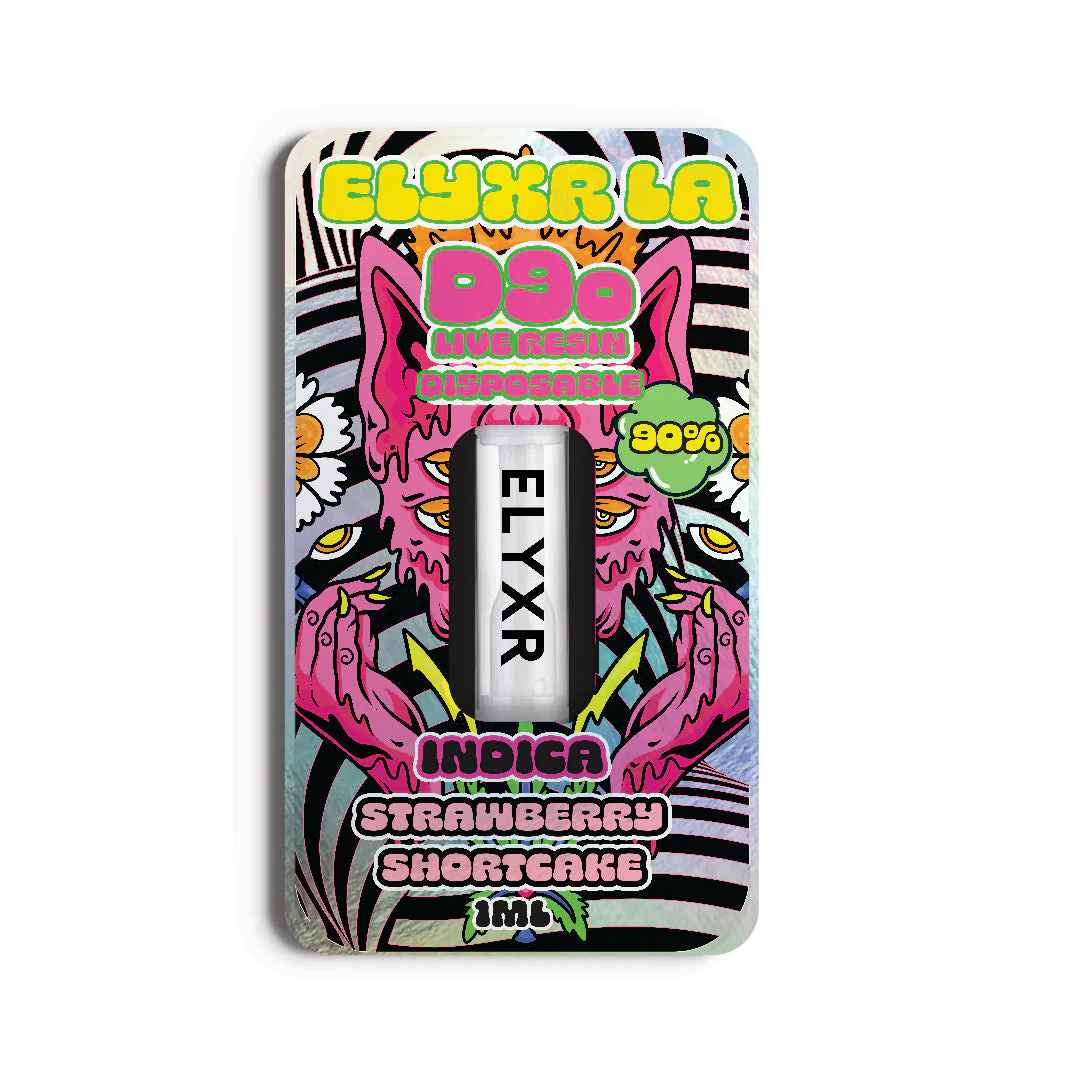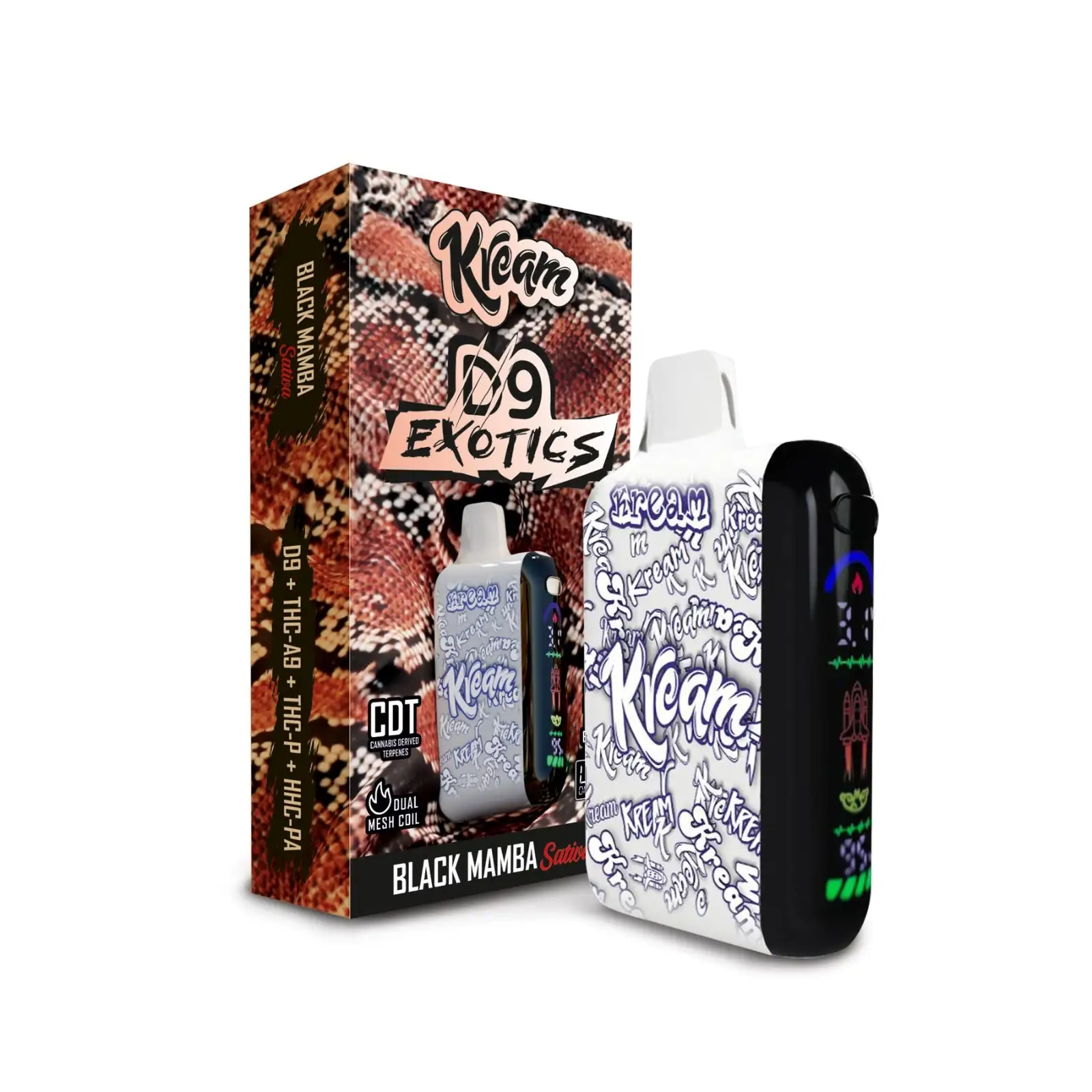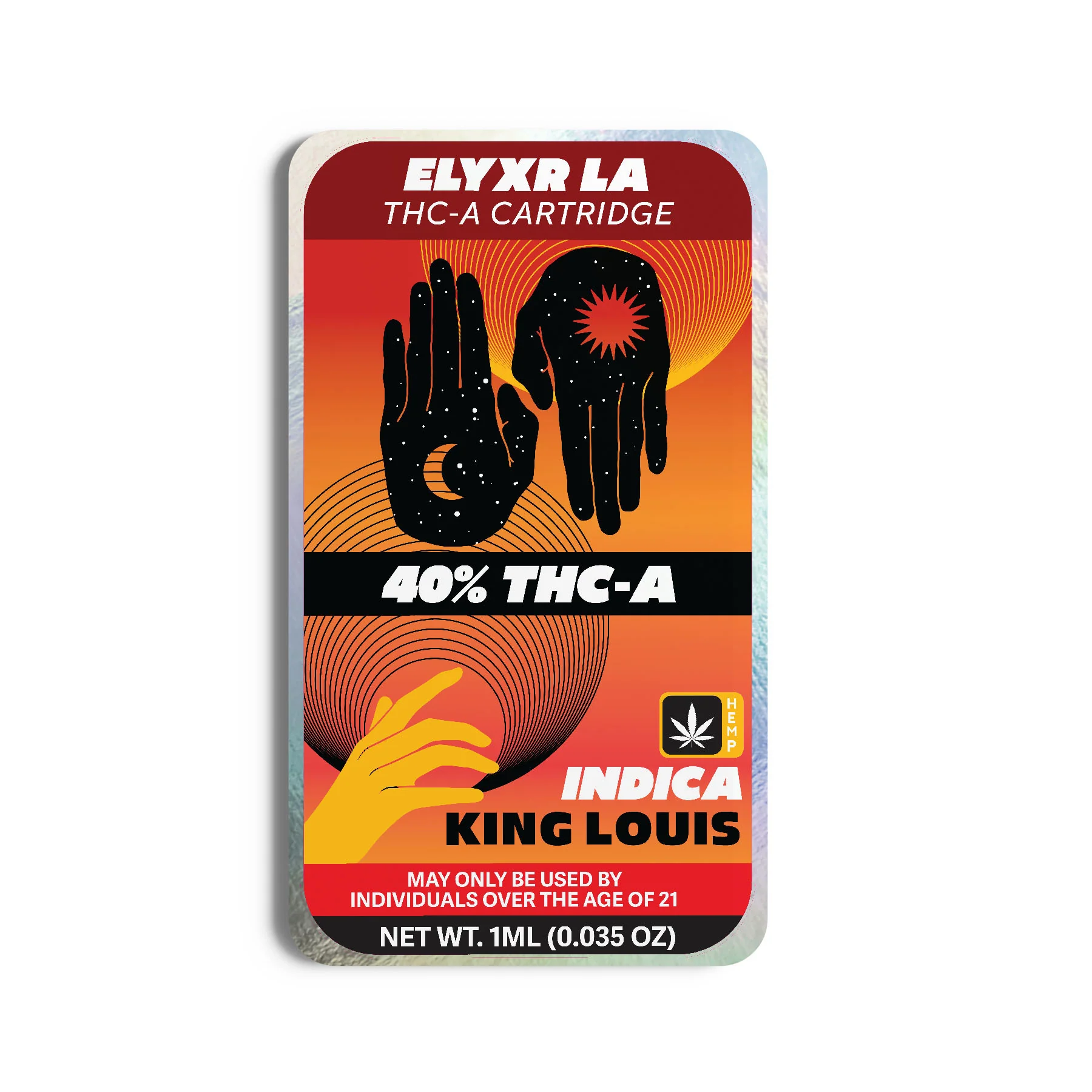Back pain is one of the most common complaints worldwide, affecting millions of adults at some point in their lives. From chronic low back pain to occasional stiffness after long hours at a desk, the discomfort can disrupt sleep, limit mobility, and interfere with daily life. Many people turn to over-the-counter medications or prescription drugs for relief, but these options often come with side effects or dependency risks. That’s why more chronic pain patients are exploring natural alternatives, like CBD oil, for pain management.
Derived from the hemp plant, CBD, or cannabidiol, is a non-psychoactive compound in the cannabis plant that may help alleviate pain without the high associated with THC. In this article, we’ll explore how CBD oil may reduce pain, its potential anti-inflammatory properties, ways to use it, and what research says about its effectiveness in managing chronic back pain.
What Is CBD Oil?
CBD oil is a product made by extracting cannabidiol from the hemp plant and infusing it into a carrier oil, such as MCT oil or hemp seed oil. Unlike THC, the psychoactive component of cannabis, CBD does not produce a “high,” making it appealing to people seeking pain relief without psychoactive effects. CBD interacts with the body’s endocannabinoid system, which helps regulate pain, inflammation, sleep quality, and immune system responses.
CBD products come in various forms, from tinctures and capsules to topical creams and oils. Each has unique applications for managing pain, particularly chronic back pain and joint pain. The versatility of CBD oil means that individuals can find a method that suits their lifestyle and their specific pain level.
Because it’s considered a natural alternative to traditional pain medications, CBD oil may be particularly appealing to chronic pain patients who want minimal risk and the potential for significant improvements in their pain management regimen.

How Back Pain Affects the Body
Back pain can manifest in many forms, ranging from moderate pain to severe pain, and can affect the upper, middle, or lower back. Chronic low back pain, which persists for more than three months, is particularly challenging to manage and can be caused by muscle strain, herniated discs, degenerative arthritis, poor posture, or injury. Sciatica, a type of neuropathic pain, occurs when the sciatic nerve is compressed, causing sharp pain that radiates down the leg.
Pain affects the body on multiple levels. Muscles may tense in response to chronic pain, leading to stiffness and reduced flexibility. Painful joints can limit mobility and daily function. Chronic pain also impacts sleep quality, often causing sleep disturbances that exacerbate fatigue and overall discomfort.
Moreover, ongoing pain can affect mental health, contributing to stress, anxiety, and depression. Because of its complex nature, effective pain management requires approaches that address both physical and neurological pain pathways. CBD oil may help by interacting with cannabinoid receptors in the body and modulating pain signals, potentially alleviating pain for chronic pain patients looking for natural alternatives.
Conventional Treatments for Back Pain (and Their Limits)
Traditionally, back pain is treated using a combination of medications, physical therapy, and, in severe cases, surgery. Over-the-counter options like ibuprofen or acetaminophen aim to reduce pain and inflammation but may not provide long-term relief for chronic pain. Prescription medications, including muscle relaxers and opioids, can help manage moderate to severe pain but come with potential adverse reactions, including dependency, gastrointestinal issues, and increased risk of adverse events.
Non-medication approaches, such as physical therapy, chiropractic care, and exercise, are effective for many individuals but require time, consistency, and sometimes significant financial investment. For chronic back pain or neuropathic pain, these methods may only partially reduce pain levels. This has led chronic pain patients to explore complementary and alternative solutions.
CBD oil presents a natural alternative that may provide pain-relieving effects with minimal risk compared to controlled substances or high-dose pharmaceuticals. By reducing inflammation and interacting with pain receptors, CBD may offer significant improvements in managing chronic pain when incorporated into a treatment plan alongside conventional therapies.
The Endocannabinoid System and Pain Relief
The endocannabinoid system (ECS) is a complex cell signaling system that plays a key role in regulating pain, inflammation, mood, sleep quality, and the immune system. It consists of cannabinoid receptors, primarily CB1 and CB2, which are found throughout the nervous system, brain, and peripheral tissues. CB1 receptors are abundant in the central nervous system and influence pain perception, while CB2 receptors are mainly located in immune cells and modulate inflammation.
CBD interacts with the ECS indirectly, influencing cannabinoid receptors without binding directly. This modulation can reduce pain signaling and inflammation, making it a potential ally for those experiencing chronic pain. Pain cannabidiol, or CBD, may also affect other pain pathways by interacting with chemical signals in the nervous system and modulating neurotransmitter release.
By targeting the ECS, CBD may help chronic pain patients achieve pain relief in a way that complements traditional pain management strategies. Its anti-inflammatory effects, low risk of adverse reactions, and minimal psychoactive effects distinguish CBD from other medical cannabis components, making it a promising natural alternative for managing pain.
How CBD Oil May Help with Back Pain
CBD oil may offer several mechanisms for alleviating back pain. Its anti-inflammatory properties can reduce swelling and tissue irritation in affected areas, addressing one of the root causes of pain. CBD may also help modulate pain receptors and pain pathways, which can decrease the perception of pain signals in the nervous system. For chronic low back pain and joint pain, these properties are particularly valuable, as inflammation often contributes to long-term discomfort.
CBD oil may also support muscle relaxation, which can alleviate tension associated with spinal strain or posture-related issues. Individuals experiencing neuropathic pain, including sciatica, may benefit from CBD’s interaction with chemical signals that mediate nerve pain. Research suggests that CBD may improve sleep quality, which indirectly contributes to pain management since sleep disturbances often exacerbate chronic pain symptoms.
Beyond direct pain relief, CBD may help regulate blood pressure and reduce stress, which can further ease discomfort. Its minimal risk profile and low incidence of adverse reactions make it a promising option for chronic pain patients seeking a natural alternative to traditional medications. While more research is needed to fully understand the effects of CBD, current evidence and patient experiences indicate that CBD oil may be a viable addition to a comprehensive pain management plan for chronic back pain.

Types of Back Pain CBD May Help With
CBD may be beneficial for various types of back pain, from moderate pain to severe pain. Chronic low back pain is one of the most common conditions where CBD oil may provide relief, particularly for individuals who have not responded to conventional treatments. CBD’s anti-inflammatory effects may also help with arthritis pain and arthritis symptoms affecting the spine or related joints.
For neuropathic pain, which occurs when nerves are damaged or irritated, CBD may modulate pain pathways and chemical signals that contribute to the sensation of pain. Chronic pain patients with sciatica or multiple sclerosis may experience improvements in pain relief and sleep quality when incorporating CBD into their treatment plan.
Even for painful joints resulting from muscle strain or overuse, topical creams or CBD oil applied to the affected area can offer localized relief. Because CBD interacts with cannabinoid receptors throughout the body, it may help alleviate pain whether it originates from inflammation, nerve damage, or mechanical stress. While it’s not a cure, CBD may serve as a natural alternative to complement traditional pain-relieving therapies.
Different Forms of CBD for Back Pain
CBD is available in multiple forms, allowing chronic pain patients to choose a method that fits their lifestyle and pain needs. CBD oil tinctures are administered sublingually and absorbed directly into the bloodstream, providing faster relief for pain and inflammation. Topical products, such as creams, balms, and roll-ons, are applied directly to the affected area, targeting painful joints or localized inflammation with minimal systemic exposure.
Other options include capsules and softgels, which are convenient for managing chronic pain consistently, though they have a slower onset. Edibles and gummies offer long-lasting effects but may require longer periods for pain relief to take effect. Some individuals also use vaping as a method for fast-acting relief, although this may not be suitable for everyone.
Combination approaches—using both oral and topical CBD products—can optimize pain management by addressing multiple pain pathways simultaneously. Because CBD interacts with the endocannabinoid system and pain receptors, using multiple forms can maximize pain-relieving effects while allowing users to target both systemic and localized pain. Understanding the differences between products helps individuals select the most effective CBD products for chronic back pain, arthritis, or neuropathic pain.
Choosing the Right CBD Oil for Back Pain
Selecting the right CBD oil is essential for effective pain management. Products vary by concentration, type, and quality. Full-spectrum CBD contains all cannabinoids, including trace THC, potentially offering an entourage effect that enhances pain-relieving properties. Broad-spectrum CBD contains multiple cannabinoids but no THC, while CBD isolate is purely cannabidiol. Chronic pain patients should consider which option best aligns with their treatment plan and personal preferences.
Potency matters—higher doses may be required for severe pain, whereas moderate pain may respond to lower doses. Always start at low doses and gradually increase, particularly for chronic pain patients experiencing different pain levels. Look for products with third-party lab testing to ensure purity and consistency. A quality carrier oil like MCT or hemp seed oil can improve bioavailability and absorption.
Be aware of potential drug interactions. CBD interacts with certain medications, including blood thinners and medications processed by the liver. Consulting a healthcare professional is crucial, particularly when starting CBD while taking other treatments.
Avoid products that make exaggerated claims or lack transparency about ingredients. Choosing reputable CBD products with clear labeling, minimal risk, and known anti-inflammatory properties ensures safer, more effective pain relief for chronic back pain, joint pain, and arthritis symptoms.

How to Use CBD Oil for Back Pain Relief
There are several ways to use CBD oil to help alleviate pain. Sublingual administration involves placing drops under the tongue, where CBD is absorbed through mucous membranes into the bloodstream. This method is fast-acting and allows for precise dosing, making it ideal for moderate pain or sudden flare-ups of chronic back pain.
Topical creams and CBD balms target painful joints and localized inflammation. Applying these products to the affected area may provide pain relief without systemic exposure, making them suitable for patients concerned about potential adverse reactions.
CBD oil can also be added to foods or beverages, though this method has a slower onset of action. For optimal results, many chronic pain patients use a combination of oral and topical products to manage pain pathways at multiple levels.
Consistency is key. Regular use, even during early stages of painful joint issues or chronic low back pain, may lead to significant improvements in pain level and sleep quality. Documenting pain levels and responses in a journal can help guide dosage adjustments and improve pain management outcomes.
CBD Dosage Guidelines for Back Pain
Determining the right CBD dosage depends on several factors, including body weight, metabolism, pain level, severity of chronic pain, and individual response. There’s no one-size-fits-all approach. For moderate pain, starting doses typically range from 10–25 mg per day. Chronic pain patients with severe pain or chronic back pain may require higher doses, sometimes exceeding 50 mg per day.
A practical approach is starting CBD at a low dose and gradually increasing while monitoring painful joint or back pain symptoms. Tracking results over several weeks helps identify the dose that offers significant improvements without causing adverse events.
High doses may increase the risk of mild adverse reactions, such as fatigue, dry mouth, or drowsiness, but serious adverse reactions are rare. CBD’s minimal psychoactive effects make it a safe natural alternative for chronic pain patients.
Bullet points for dosing tips:
- Start with a low dose and increase slowly.
- Use a symptom journal to track pain levels and sleep quality.
- Combine topical products with oral CBD for more comprehensive relief.
- Consult a healthcare professional, particularly if using other medications.
With careful titration, CBD oil may provide pain-relieving effects, help reduce pain, and support managing chronic pain over the long term.
Potential Side Effects and Safety of CBD
CBD oil is generally well-tolerated, with minimal risk of serious adverse reactions. Common mild side effects include fatigue, dry mouth, diarrhea, and mild drowsiness. Unlike THC, CBD has no psychoactive effects, making it a natural alternative for chronic pain patients concerned about controlled substances.
While rare, CBD may interact with certain medications, including blood thinners or drugs metabolized by the liver. Consulting a healthcare professional before adding CBD to a treatment plan is essential, particularly for chronic pain patients managing multiple conditions.
Topical CBD products are typically safe, with localized pain-relieving effects and minimal systemic absorption. Using high-quality CBD products with verified lab testing reduces the risk of contaminants and ensures consistent dosing. Overall, CBD offers a safe and well-tolerated option for reducing inflammation, alleviating pain, and supporting pain management without the risks associated with opioids or high-dose NSAIDs.

Scientific Evidence: What Research Says About CBD and Pain
Multiple studies have explored the potential of CBD oil for pain relief, though research is still emerging. Animal and human studies suggest that CBD interacts with cannabinoid receptors and the endocannabinoid system to reduce inflammation, modulate pain pathways, and alleviate neuropathic pain. For chronic back pain, CBD may help reduce pain, improve mobility, and support better sleep quality.
Chronic pain patients with arthritis or joint pain have reported improvements when using CBD, particularly topical products for localized painful joints. Multiple studies indicate that pain cannabidiol can lower pain levels and improve overall quality of life with minimal risk of adverse events.
Although evidence is promising, more research is needed to confirm optimal dosage, long-term safety, and the effectiveness of CBD for specific pain conditions. CBD is not a replacement for a comprehensive treatment plan, but it offers a natural alternative to help manage chronic pain. Combining CBD with physical therapy, exercise, and lifestyle adjustments may provide synergistic effects for relieving pain and improving overall function.
Lifestyle Tips to Pair with CBD for Back Pain Relief
While CBD oil may provide pain relief, combining it with lifestyle strategies can enhance outcomes. Maintaining good posture, engaging in regular exercise, and strengthening core muscles help reduce chronic back pain. Practices like yoga or Pilates improve flexibility and target painful joints.
Stress reduction techniques, such as meditation and mindfulness, complement CBD’s calming effects, addressing both physical discomfort and mental strain. Improving sleep quality is essential since sleep disturbances worsen chronic pain symptoms.
Diet also plays a role. Consuming anti-inflammatory foods supports reducing inflammation, while staying hydrated promotes overall joint and muscle health. Essential oils may be used alongside topical creams to provide additional soothing effects for painful areas.
Bullet points for lifestyle support:
- Daily stretching and low-impact exercise
- Mindfulness or meditation for stress management
- Sleep hygiene practices
- Anti-inflammatory diet
- Topical CBD combined with essential oils
Pairing these habits with CBD use may amplify pain-relieving effects, helping chronic pain patients manage pain pathways more effectively.
Legal Considerations and Accessibility of CBD Oil
Hemp-derived CBD oil is federally legal in the U.S. under the 2018 Farm Bill if it contains less than 0.3% THC. Medical cannabis laws vary by state, so chronic pain patients should be aware of local regulations. Unlike THC, CBD does not fall under most controlled substances restrictions, making it widely accessible in cbd products, dispensaries, and online.
Despite its legality, quality varies, so it’s crucial to choose products with third-party testing. Look for transparent labeling, clear CBD content, and verified absence of contaminants. Healthcare professionals can help ensure safe integration of CBD into existing treatment plans, especially for patients taking other medications.
Understanding legality and sourcing ensures chronic pain patients can safely access CBD as a natural alternative for managing pain while minimizing adverse reactions and avoiding unregulated products.

Conclusion: Is CBD Oil Worth Trying for Back Pain?
CBD oil offers a promising natural alternative for chronic back pain, neuropathic pain, and arthritis-related discomfort. Its anti-inflammatory properties and interaction with cannabinoid receptors can help alleviate pain, improve sleep quality, and support managing chronic pain with minimal risk.
While not a cure, CBD may provide pain-relieving effects for chronic pain patients seeking a supplement to conventional pain management strategies. Whether using topical products, oral CBD oil, or a combination, careful selection, consistent dosing, and consultation with a healthcare professional are essential for safe and effective results.
Emerging research suggests significant improvements in pain level and mobility for those incorporating CBD into a comprehensive treatment plan. With minimal adverse reactions, low potential for dependency, and versatility in application, CBD oil may be a valuable tool for anyone experiencing pain, from early stages to severe pain, helping them regain function, comfort, and better quality of life.
Frequently Asked Questions
1. Does CBD oil really work for back pain?
CBD oil may help alleviate pain for some chronic pain patients by interacting with the endocannabinoid system and modulating pain pathways. Its anti-inflammatory properties can reduce swelling, while its effect on pain receptors may decrease pain perception. Many people with chronic back pain, arthritis pain, or neuropathic pain report pain-relieving effects when using CBD oil as part of a broader pain management plan. While results vary, CBD is considered a natural alternative with minimal risk compared to opioids or high-dose NSAIDs. More research is ongoing, but early studies and anecdotal evidence suggest it can be effective for moderate pain and managing chronic pain.
2. What form of CBD is most effective for pain relief?
The effectiveness of CBD depends on how it’s administered. Sublingual CBD oil provides fast systemic absorption, making it ideal for reducing pain throughout the body. Topical creams and balms work well for localized pain, such as painful joints or specific areas of chronic back pain. Some patients combine oral CBD products with topical CBD for maximum pain-relieving effects. Capsules and edibles offer longer-lasting effects but slower onset. Choosing the right form depends on your pain level, the affected area, and your treatment plan.
3. How long does CBD take to work for back pain?
The time for CBD oil to alleviate pain varies by form and dosage. Sublingual oils may provide relief within 30–60 minutes, while topical products may take 1–2 hours to work. Capsules and edibles can take longer due to digestion but offer extended pain relief. Consistent use over days or weeks may be needed to notice significant improvements in chronic pain or arthritis symptoms. Individual responses vary, so tracking pain levels and adjusting your dosage under guidance from a healthcare professional is recommended.
4. How much CBD oil to take for back pain?
CBD dosage depends on body weight, metabolism, severity of pain, and the type of back pain. For moderate pain, starting with 10–25 mg per day is common. For chronic low back pain or severe pain, higher doses, sometimes 50 mg or more, may be needed. Begin with a low dose, gradually increase, and monitor pain levels, sleep quality, and any adverse reactions. Always consult a healthcare professional if you’re taking other medications, as CBD interacts with certain drugs. Combining oral CBD with topical products may optimize pain-relieving effects.




